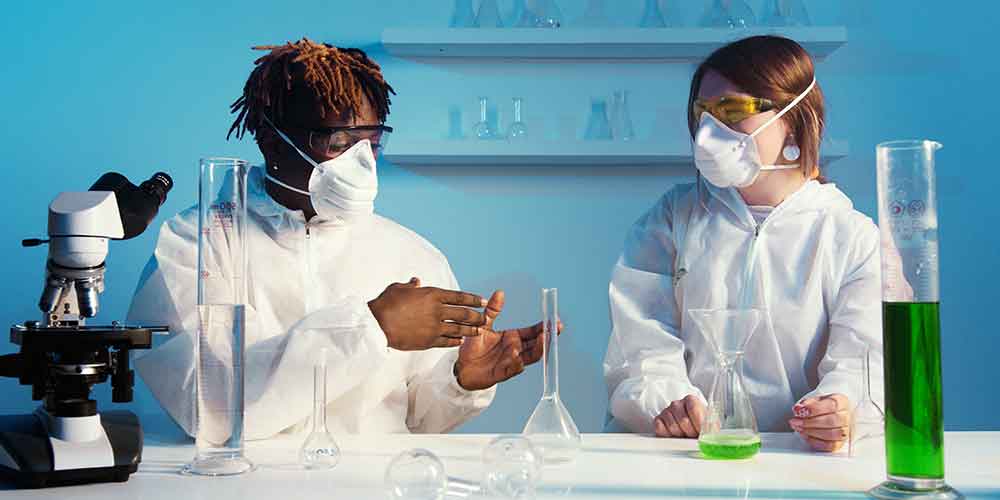Innovation and the diversity paradox
Is this you?
Every day, in all sectors, executives, policymakers and professionals confront problems that need fresh thinking. As the pace of change accelerates, the demand for creativity and innovation becomes more urgent. Organisations look for the kind of breakthrough thinking that will help sustain their competitive edge. They want a steady stream of new ideas. For some of our clients, figuring out how to accelerate innovation is a critical part of their role. They know that if they can foster a climate of creativity, innovation will follow. Conversely, if they can’t, their organisation will fail to adapt, risk irrelevance, and find itself overtaken by more creative competitors.
Enabling creativity and innovation
Research into creativity has intensified in recent years. We now understand much that was previously obscure. For instance, we know that individual and group creativity are slightly different. But the lone genius, operating outside the mainstream, rarely delivers the sort of innovative approaches to complex issues that organisations seek today. The focus now is far more on collaborative creativity. Organisations want a dream team that will deliver breakthrough thinking. Their ideal is a team that consistently produces novel ideas, resulting in products, processes, policies or services that in significant and positive ways depart from the past.
We also know that creativity can’t be distilled into some neat formula or checklist. It isn’t a case of certain inputs predictably producing certain creative outputs on demand. In fact, studies show that organisations are better off focusing on how to create the conditions most conducive to creativity.
Why do some teams achieve extraordinary levels of creativity?
It makes sense that breakthrough ideas are more likely when teams are able to draw on a wide variety of resources. Thus much research has examined group composition and interaction. Diversity in underlying perspectives would appear to offer the best chance of delivering the divergent thinking required for idea generation. In theory, the more diverse the team in terms of underlying perspectives, the more novel their potential responses will be to a particular stimulus or challenge. These deep level differences in perspective may come from the team members’ expertise, experience, education, gender, culture, and personality differences, among other possible variables. A connection has been identified between team diversity and team creativity – essentially what’s termed the ‘diversity dividend’. But the findings cut two ways. Team members with a wide range of diverse backgrounds have produced more original ideas only in some studies. Recent
research has examined why the diversity dividend is so often elusive. One issue is that, while group diversity may produce more divergent thinking (i.e. generate more original ideas), it can also impair a team’s ability to build on and combine ideas, as well as evaluate and select (convergent activities).
Learning from Pixar’s innovation teams
Pixar’s highly innovative and extremely successful teams provide useful insights. They have come up with a steady stream of box office winners and established a whole new genre of film animation. At the heart of what they do is a process called creative synthesis. They bring together people from a wide range of disciplines and backgrounds, including art and technology. There is enquiry, challenge, dissent and lively debate. It’s the resolution of this tension that produces novelty. This dynamic flow of divergent then convergent thinking processes helps to explain Pixar’s continuous innovation.
But this needs specific skills
Research shows that diverse teams tend to have lower cohesion, less motivation to work together and more interpersonal conflict. Trust and rapport can be reduced, with a negative impact on people’s sense of belonging and willingness to contribute. To unlock the asset of diversity, teams need the thinking and communication skills that enable them to probe, challenge and explore each other’s ideas. Everyone must fully contribute. Creative teams can’t carry passengers.
In this endeavour, team leaders serve as important role models and set the tone for the team. They can help team members understand how to manage disagreement and dissent constructively. Research suggests that the impact of a leader’s interventions matter most at the outset of a team project when the group dynamics are still evolving.
Diversity offers no guarantee of creativity and innovation. For teams to realise their potential they need a portfolio of inclusion skills. Such skills take them beyond the mere sharing of information. Ideas also need to be heard, considered, built on and combined. The box below introduces some of the preconditions vital for creative endeavour. In our UGM programs, we help clients develop these, among others, in an evidence-based approach to developing innovation and creativity. How would you rate your team on the important variables in the list? 1 = we aren’t yet like this, 5 = this is exactly us!
Diversity is not an easy asset. It can lead to problems for teams, limiting their ability to be creative. Team members have to appreciate and reconcile their differences, if they are going to utilise the potential resource of their diverse perspectives and different cognitive toolkits. Otherwise, diversity, far from being a dividend, becomes a drag.
PRACTICAL IDEAS TO APPLY IN YOUR BUSINESS
Rate your team on the following variables known to support creativity
- We have diverse individuals in our team, with a broad range of professions, backgrounds and experiences as cognitive resources for the team.
- We share the same goals and sense of purpose. Everyone wants each other to perform well.
- We know how to genuinely listen to each other’s ideas. We seek to elaborate and build on them, looking for new connections and novel combinations.
- We have a high level of trust and mutual support. We can all speak up and disagree, without blaming or judging. Everyone contributes.
- We have the skills that help us to be open to dissent & disagreement. We understand how to explore alternatives in a constructive way.
- We all feel we belong and we are attached to the team. There is a positive and cooperative atmosphere.
- We enjoy strong organisational support for innovation. It’s okay for us to take some risks and to try out new things.



